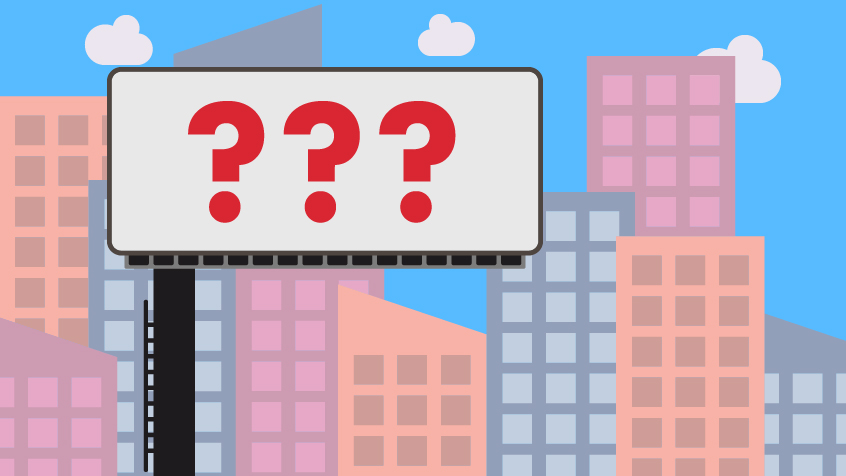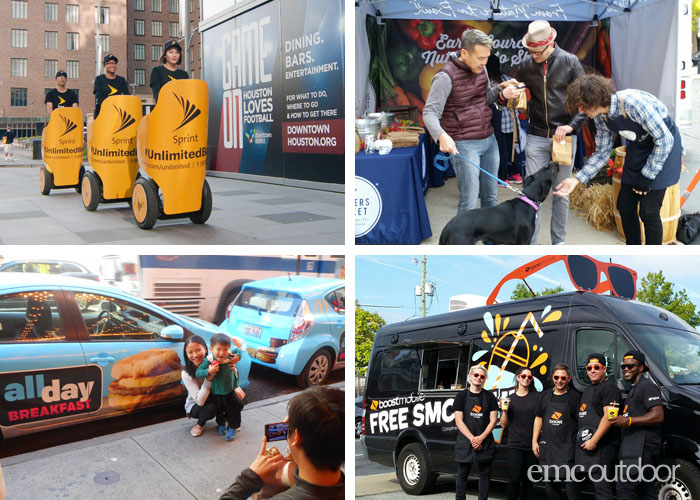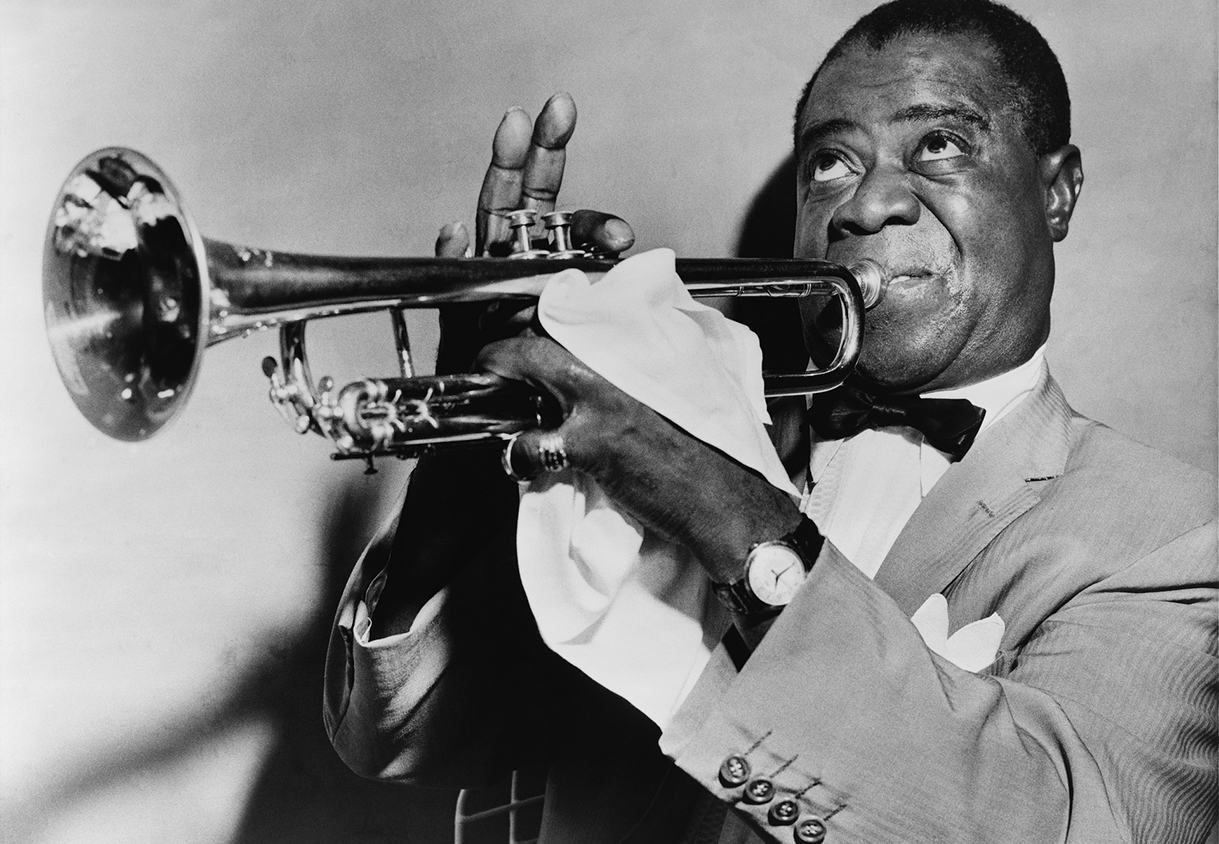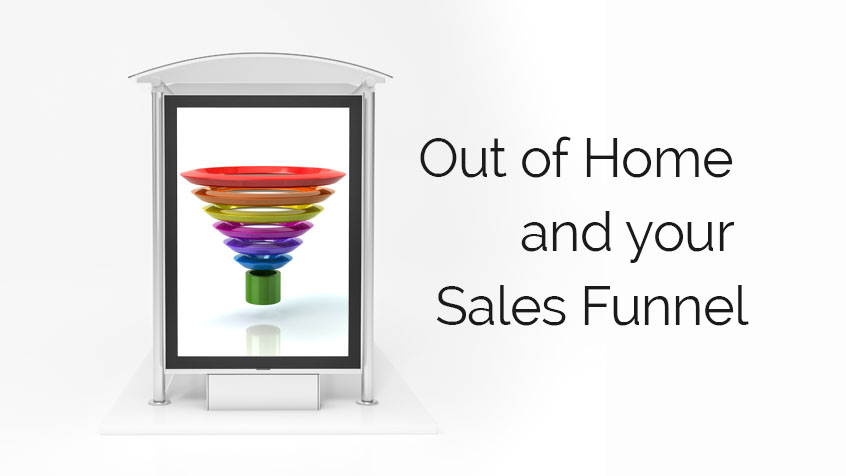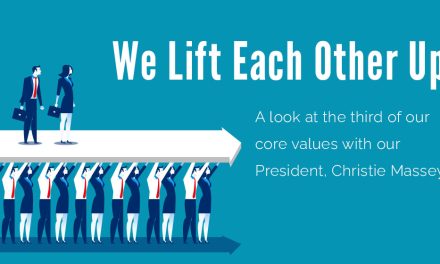What is Out of Home Media?
Well…..Billboards right? There… that was easy. Hold up, not so fast …
When we talk to advertisers that are new to the Out of Home advertising category, that is frequently the answer we get – and with good reason. Billboards are the largest, most prominent, most widely recognized part of the Out of Home media landscape, and it’s natural for people to focus on them.
What’s a little bit surprising is how often we get that answer from people who work in advertising. But, when we stop to consider that OOH frequently accounts for only 4-7 percent of an advertiser’s media budget it’s not that surprising to find that people haven’t committed the 200+ varied media formats to memory. It can be an overwhelming task, and takes up a lot of mental bandwidth.
So, if you’re new to advertising, or you’d just like to brush up on OOH choices so you can sound really smart to your client, we’d like to provide a little bit of assistance. And to help make sense of all the possibilities, this primer, the first in a 3-part series, should give you an overview of the main types of media choices that fall under the big umbrella of Out of Home.
Out of Home Media Defined (or at least categorized so we can have a conversation)
So what is the definition of Out of Home Media? OOH is such a broad swath of media, that it is often defined by what it is not. So, if we’re going to be technical, Out of Home media is anything that’s outside the home, so it’s not TV, radio, print, or online. We’ll start by breaking OOH up into three main buckets, and then take a look at what’s in those buckets.
Now, if you were to sit down with 10 different people and ask them to categorize Out of Home you would get 10 different answers. Sure, they would all agree that billboards are “traditional”, and pop-up stores and brand ambassadors would be “experiential” (or any of several other terms). But there is a lot of grey area in the middle. The important thing here is not to focus on the names of the buckets, but to get a general overview of the types of media that are available.
Traditional Out of Home:
Traditional Out of Home includes all the media formats that people are the most familiar with. Most of them have been around for a long time – long enough to become fairly standardized, and ubiquitous in markets across the US.
Traditional media excels at creating broad reach and high frequency across an entire market, but can also be used to target very specific locations. Billboards (and all their cousins) are part of this group – along with transit media, anything associated with how consumers move through a market in the course of their daily lives.
- Billboards (static & digital, and wallscapes)
- Posters (the billboards little brother, also static and digital)
- Buses (sides, backs, wraps, interiors)
- Commuter Rail & Subway: Media at entrances, on platforms, and in the trains
- Transit Shelters & Street Furniture: Bus stops, street kioks, informational pillars, etc.
- Airport Media
- Taxis
Non-Traditional OOH (or lifestyle, or place-based, or…)
Remember that grey area we talked about? This is it. Out of Home media is constantly evolving as new media formats are developed. Many of the newer formats focus on reaching consumers, not during their travels, but at any of their many destinations during the day. Where do they stop as they go about the business of their lives.
You’ll find this group with a host of different names, including Non-traditional, Lifestyle media, Place-based media, etc. When we stop to consider all the places we go, and the opportunities to create media there, it quickly becomes clear that this category has a lot of potential choices. While traditional Out of Home excels at scope and scale, much of Lifestyle media really hits its stride in very specific targeting. Like your suburban soccer mom at the gas station before heading off to workout, then running her weekend errands and stopping to shop along the way.
- Mall Advertising
- Fitness clubs
- Cinema
- Gas Stations/Convenience Stores
- Truckside Advertising
- Salon Advertising
- Laundromat Advertising
- Pizza Boxes, Coffee Cups, Pharmacy Bags & more…
Experiential / Event Media / Mobile OOH
When you add people to the equation, Out of Home suddenly becomes more than a platform for branded communications. It becomes a channel where advertisers can let their creativity run wild, and build experiences that connect to their target consumer on a personal level.
Experiential marketing can employ a host of media elements – segways, scooters, branded vehicles of all sorts, etc – but one thing that is common to almost all of them is the human factor, and the capacity for engagement.
This list could go on almost forever, but to provide a sense of what we’re talking about and to get the ideas flowing, here are a few of the options:
- Street Teams
- Scooters
- Segways
- Branded Food Trucks
- Mobile Billboards
- Pop-up Stores
- Projection Media
- Video Trucks
- Wrapped Vehicles
- Custom Tour Buses
- 3D Projection Mapping
Out of Home media encompasses a broad and diverse array of communication platforms that can reach consumers at almost any point in their daily lives. It is the oldest form of branded communication that humans have, and has stood the test of time with the ever-changing media landscapes because of the simple truth, that it continues to be effective at reaching an audience.
And while the growth of first TV, and more recently the internet have been the behemoths in media, Out of Home is undergoing something of a renaissance. The conversion of many traditional OOH platforms to digital has provided a new level of creative flexibility. The growth of data available from consumers smartphones is creating a whole paradigm for OOH media planning and measurement, and the ubiquitous presence of smartphones means Out of Home is becoming a key entry point to digital channels.
So now that we know what Out of Home is and can be, stay tuned for the next part of this series: Why Out of Home should be a core part of your media plan?

